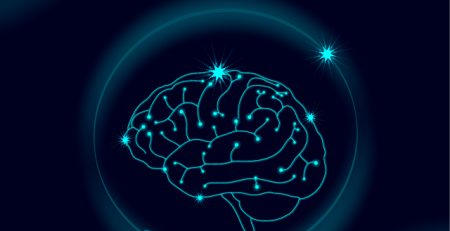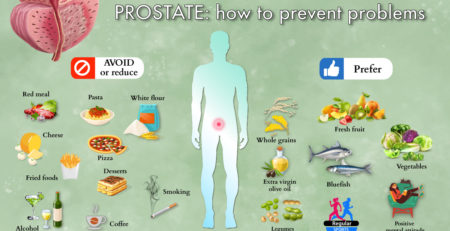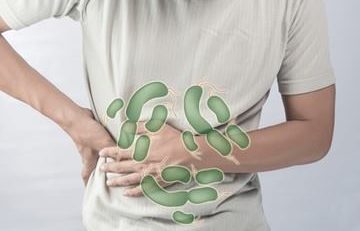Dysmenorrhea
Dysmenorrhea is a gynecological, endocrinological problem.
It is a menstrual, specifically uterine pain that arises before and during the period of menstruation and tends to intensify after the appearance of menstrual flow, reaching its peak after 24 hours.
It can last several days and can be extremely disabling.
The pain, of crampiform type, is localized to the pelvic region (lower abdomen) and sometimes sacral (lower back), and often it is part of a complex of symptoms including nausea, headache, general malaise.
Dysmenorrhea is a very frequent symptom, but of intensity and duration very variable from woman to woman, so much so that some women have mild or absent symptoms, while others have very pronounced symptoms, which make menstrual days a real nightmare, and force the suspension of school, sports or work activities.
When we speak of dysmenorrhea we must make a distinction between two forms whose etiology is completely different:
- Primary or essential (functional) dysmenorrhea: appears in the absence of demonstrable alterations in the reproductive system. It usually begins 6 to 12 months after the first menstruation (menarche). Pain usually appears at the beginning of menstrual flow, and lasts 8-72 hours. The juvenile age is the most affected, and usually the symptomatology regresses, completely or partially, after a childbirth, because it seems that the huge increase in volume of the uterus determines the destruction of the nerve endings of its walls.
- Secondary dysmenorrhea (or acquired): is caused by pathologies of the genital system, appears later than the primary, and sometimes can begin to manifest even at 30-40 years, in women who had not suffered before. The most frequent causes of secondary dysmenorrhea are endometriosis and adenomyosis, fibroids and pelvic varicocele.
The contractions of the uterus promoted by prostaglandins, molecules associated with inflammation, trigger the pains. According to many experts when they are intense these contractions narrow the blood vessels that supply the uterus, depriving it of oxygen for a short time.
We must pay close attention to dysmenorrhea to deal with it concretely without trivializing it. Healthy eating and regular physical activity can help reduce symptoms.
Very useful is a “natural” approach to not always resort to the use of drugs, such as supplementation of magnesium, calcium, vitamin B6, and agnocasto from the premenstrual stage.
Other anti-inflammatory substances that are recommended to counteract muscle cramps are omega-3 fatty acids, vitamins B1 and E and zinc, angelica, turmeric, ginger and devil’s claw.
To manage this type of situation, Elisir Life recommends the synergy of these 2 supplements: NOPAIN PLUS, a supplement of substances with natural anti-inflammatory action and WOMAN HOMONAL BALANCE female hormone balancer.










